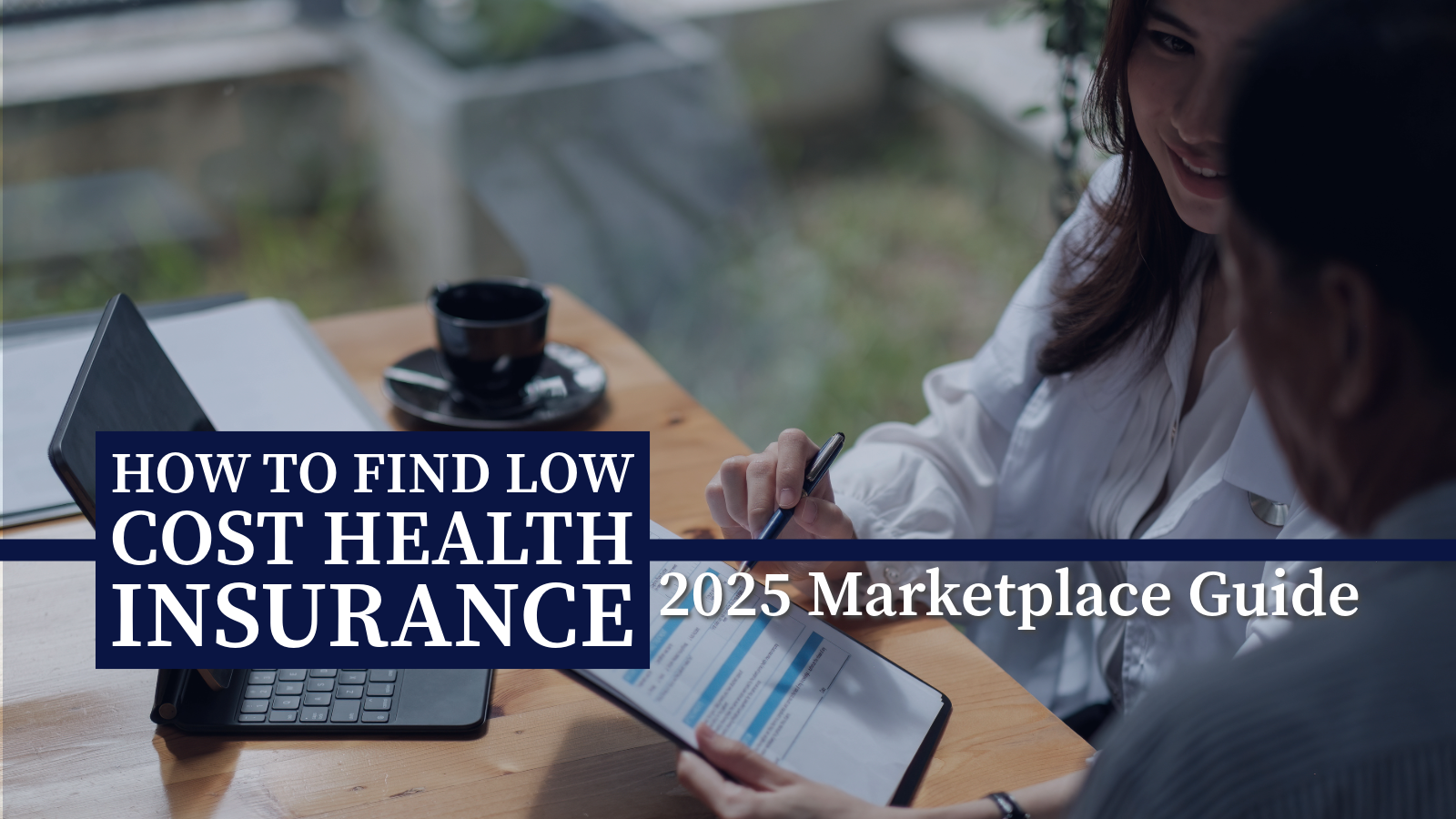A Practical Guide to Getting the Coverage You Need Without Breaking the Bank
Healthcare remains one of the most essential and often expensive needs in modern life. As we step into 2025, the rising cost of medical services has prompted many individuals and families to seek affordable coverage options. The good news? Thanks to digital platforms, government reforms, and competition among insurers, finding quality, cheap health insurance has never been more achievable.
However, not all low cost plans are created equal. In this guide, we’ll walk you through everything you need to know to choose the right affordable health plan, from comparing providers to understanding what’s covered.
Why Health Insurance Still Matters in 2025
Health insurance is more than just a safety net it is protection from unexpected medical bills that can derail your finances. A short hospital stay, prescription medication, or even a routine procedure can cost hundreds to thousands of dollars. With insurance, you pay a small monthly premium to avoid massive out of pocket costs later.
In 2025, health insurance plans will have evolved with more flexible structures, better online tools for comparison, and new options for low income earners and freelancers. However, you still need to be strategic in selecting a plan that fits your medical needs and financial situation.
Step 1: Know Your Needs First
Before jumping into comparison websites or calling agents, make a list of what you need. Consider the following:
- Do you visit doctors often, or mostly for annual checkups?
- Do you have any chronic conditions requiring regular medication?
- Are you insuring just yourself or family members too?
- Do you travel frequently and need coverage outside your home region?
Your answers will help determine whether you need a plan with:
- Lower premiums but higher deductibles (ideal for healthy individuals)
- Higher premiums but better coverage (suitable for ongoing care)
- Network flexibility for seeing different specialists
Step 2: Understand Key Terms
Here’s a quick breakdown of important terms to help you compare plans accurately:
- Premium: What you pay monthly for the plan
- Deductible: What you pay out of pocket before the insurance starts paying
- Copayment: A fixed amount you pay per visit or prescription
- Coinsurance: A percentage you share with your insurer after the deductible is met
- Out of pocket max: The most you’ll spend in a year before insurance covers 100%
Understanding these helps you avoid signing up for a plan that looks cheap but ends up costing more over time.
Step 3: Use Online Comparison Tools
In 2025, online marketplaces are better than ever. Whether you are shopping through a government exchange or a private platform, comparison sites allow you to:
- Filter plans by budget and coverage type
- Read user reviews
- Check provider networks
- See estimated total yearly costs (not just premiums)
Top platforms include:
- HealthCare.gov (USA federal exchange)
- Policygenius
- eHealth Insurance
- State or regional exchanges
These sites offer side by side comparisons to make sure you’re choosing the best cheap health insurance without compromising too much on coverage.
Step 4: Explore All Your Options
do not settle for the first plan you find. Consider these types of insurance options in 2025:
1. Marketplace (ACA) Plans
If you are in the U.S., the Affordable Care Act marketplaces provide standardized plans (bronze, silver, gold, platinum). Depending on your income, you may qualify for subsidies or tax credits that dramatically reduce your premiums.
2. Short Term Health Insurance
These are temporary plans lasting 1 12 months, ideal if you are in between jobs. They cost less but may not cover pre existing conditions or preventive care.
3. Health Sharing Programs
Offered by religious or community groups, these aren’t traditional insurance but are often affordable and provide some financial protection. Just be sure to read the fine print.
4. Medicaid or State Assistance Programs
If you meet certain income requirements, you may qualify for low or no cost health coverage from government backed programs.
5. Catastrophic Health Insurance
Designed for young and healthy individuals, these plans offer low premiums but only cover major emergencies and disasters.
Step 5: Check the Provider Network
A plan might look perfect until you realize your local hospital or doctor isn’t covered. Always verify whether your preferred providers are in network. Out of network care can cost significantly more or may not be covered at all.
Pro tip: Most insurers have provider directories on their websites. Use those to check before enrolling.
Step 6: Read Customer Reviews and Ratings
Online feedback can reveal a lot about a company’s customer service, ease of claims processing, and network reliability. Look for:
- Better Business Bureau (BBB) ratings
- Trustpilot or Google reviews
- State insurance department complaints
A plan that’s cheap on paper but causes constant headaches isn’t worth the hassle.
Step 7: Get Expert Help (Free)
Many nonprofit organizations and licensed agents offer free advice on selecting the best plan. you are not obligated to buy from them, but they can explain options, clarify benefits, and even help with enrollment.
Resources include:
- Healthcare Navigators (USA)
- Certified insurance brokers
- Community health centers
- Local advocacy groups
Their guidance can be a game changer, especially if this is your first time buying health insurance on your own.
Final Thoughts
Finding cheap health insurance in 2025 doesn’t mean you have to sacrifice quality. The key is to balance your medical needs with your financial limits, explore multiple sources, and leverage online tools and professional guidance. Affordable, dependable coverage is within reach; you just need to know where and how to look.
FAQs Cheap Health Insurance in 2025
1. What qualifies as cheap health insurance in 2025?
Plans that cost less than the national average premium ($350 $450/month for individuals) and offer reasonable coverage for common services such as doctor visits, prescriptions, and preventive care can be considered affordable.
2. Is it safe to choose the lowest premium plan?
Not always. Low premiums can come with high deductibles or limited coverage. it is important to assess total yearly costs, including potential out of pocket expenses.
3. Can freelancers or gig workers get cheap health insurance?
Yes. Many self employed individuals qualify for marketplace plans with subsidies. There are also freelancer cooperatives and digital platforms tailored to gig economy workers.
4. Are health sharing plans good alternatives?
They can be, but they’re not regulated like insurance. They often deny pre existing conditions and have caps on what they’ll pay. Always read the terms carefully.
5. When is the best time to enroll in a health insurance plan?
Open enrollment typically runs from November to January (depending on your country). However, you may qualify for special enrollment if you experience a life event such as marriage, job loss, or childbirth.
6. What if I miss the enrollment window?
You may still be eligible for short term plans, Medicaid, or health sharing programs. Some platforms also offer limited time private plans outside open enrollment.






